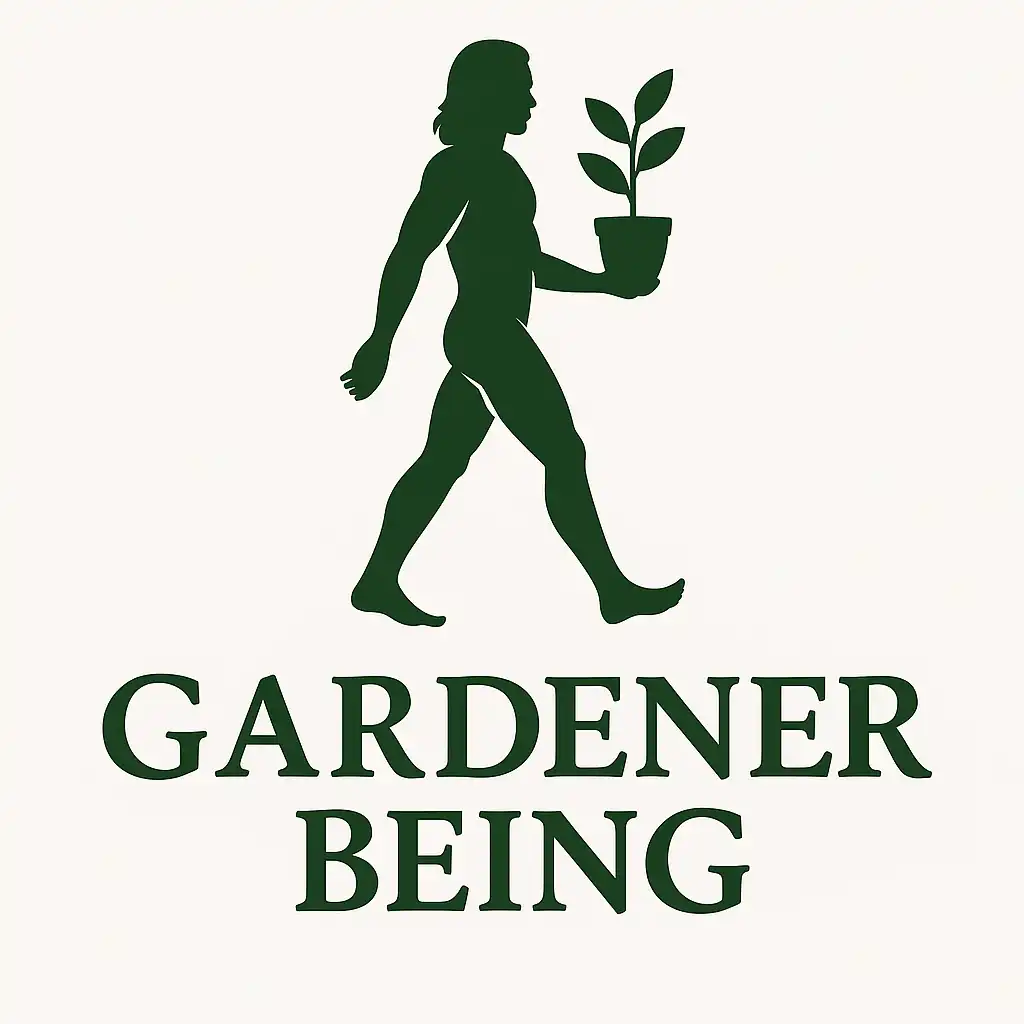Want to learn how to create a thriving vegetable garden in your backyard? This gardener organization guide provides beginner-friendly tips to transform any space into a productive garden, focusing on sunlight, raised beds, and plant selection.
Designing Your Garden Space
There are two major considerations when designing a garden space. The first is its location relative to the home. Proximity to the kitchen can make it more convenient to harvest herbs and vegetables when needed.
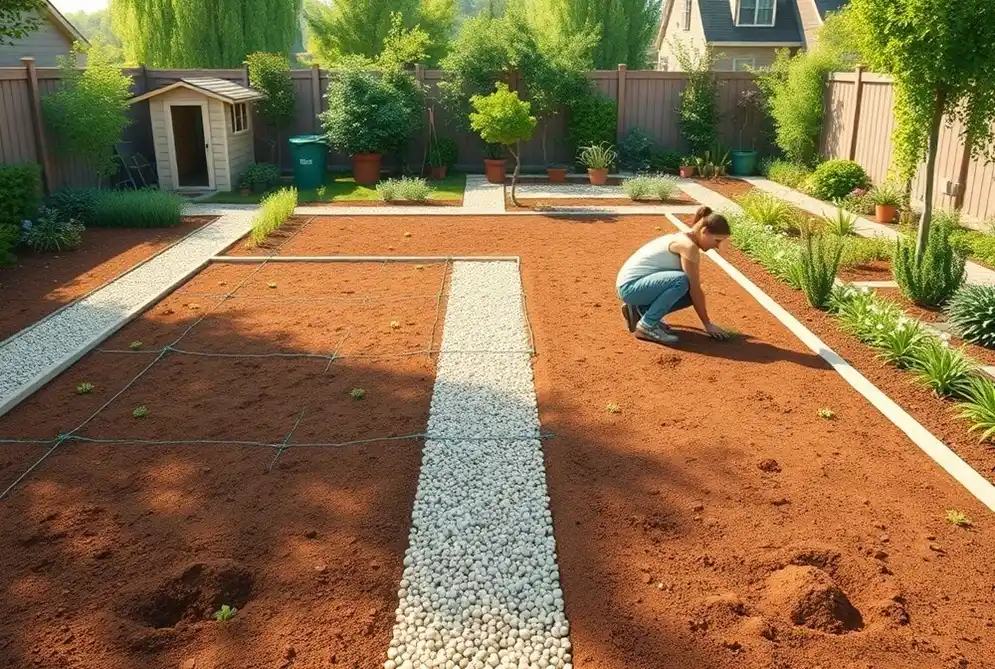
The other crucial factor, often overlooked by beginners, is the amount of sunlight the space receives. In rural areas with open space, placement is flexible. However, in suburban backyards, structures may block sunlight, which plants need to grow. While not all plants require the same amount of light, providing as much as possible is important.
Understanding Sun Exposure
Knowing the directions (east, south, north, west) is essential. The sun rises in the east and sets in the west, and sun exposure changes throughout the year. Even a southwest-facing wall may have some shadow, especially during midday. Identify a spot that receives as much light as possible for sun-loving plants.
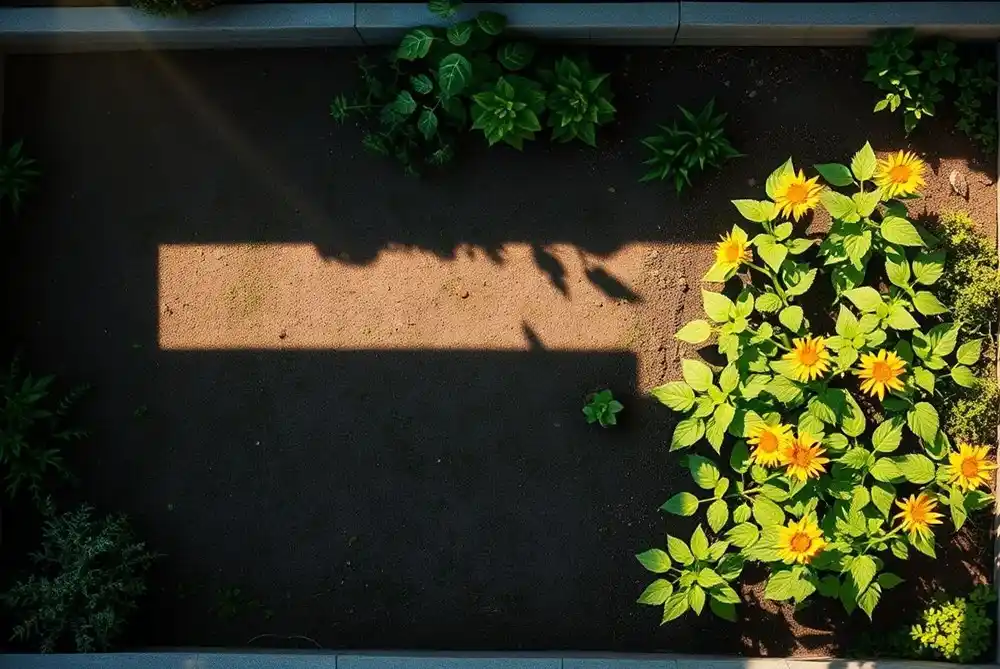
Utilizing Raised Beds
Different ways to grow in a backyard vegetable garden include digging directly into the ground, using containers, or utilizing raised beds. Taller raised beds can help avoid shadows. Spaces with considerable shade can still be productive with the right approach.
Building and Placing Raised Beds
Raised beds can be built in different ways. Wood or metal can be used, or materials can be repurposed on a budget.
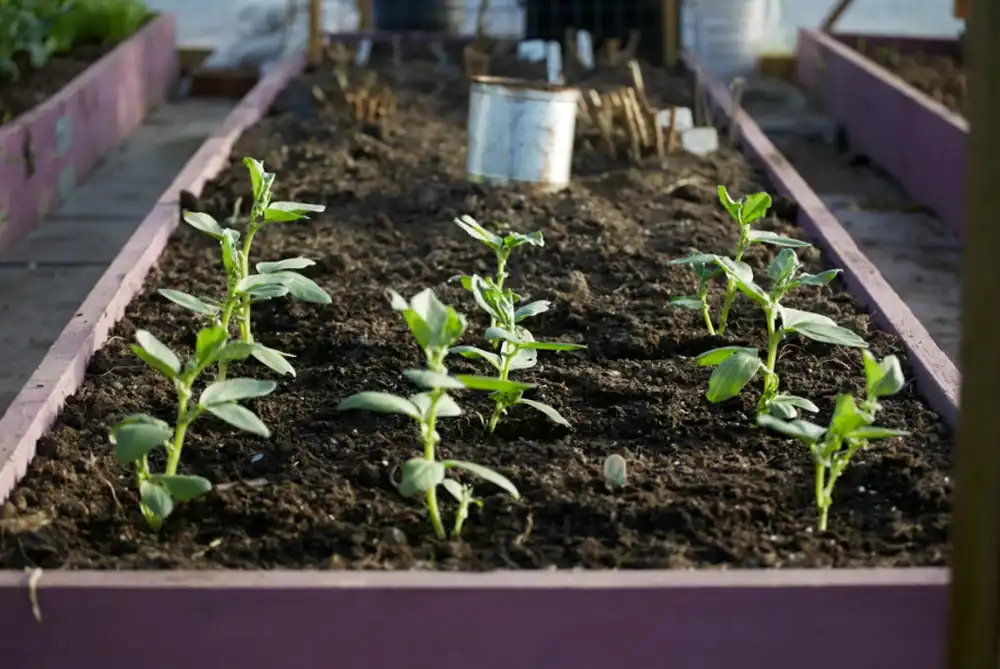
Spacing Considerations
Consider the height of the bed and the spacing needed to work in the garden. Aim for about 30 inches between beds to allow enough space for walking, wheelbarrows, and tools.
The layout can be customized, and the panels can be rearranged to create different shapes. The use of a liner on the beds can be helpful. Braces are a good idea for beds that are a certain length, as this helps prevent bowing from the wet soil. Soil can exert a lot of force when wet.
Calculating Soil Needs
The most common question when starting a raised bed vegetable garden is how to fill the beds. The first step is to figure out how much soil is needed. This involves calculating the volume, using math. For example, a two by seven foot bed that is 30 inches tall has a volume of about 34 cubic feet. This means some math is needed to figure out the soil needs.
Reducing Soil Volume
Since plants’ roots usually only reach a certain depth, the bottom of the beds can be filled with logs, sticks, or twigs, which are cheaper than soil. This can cut the total soil volume needed by half.
Selecting the Right Soil
When on a budget, spending more on soil is better. Subpar soil can compact and become hard, requiring replacement. A raised bed mix or standard potting mix is recommended. Garden soil should generally be avoided, as it is often a filler material with less nutrition.

Soil Ingredients
When looking at soil, check the ingredients. Desirable components include composted green waste, fir bark (for loosening the mix), and sphagnum peat moss or coconut coir (for moisture retention). The balance of fertility, drainage and retention are also important. Sand and perlite contribute to drainage, while alfalfa meal, fishbone meal, bone meal, feather meal, and kelp meal contribute to fertility.
Soils are sometimes inoculated with mycorrhizal fungi, which unlock the fertility for the plants.
Understanding NPK Ratios
Fertilizer labels display an NPK ratio (nitrogen, phosphorus, potassium). These are the nutrients plants need in the greatest abundance. Nitrogen is important for leafy growth, while phosphorus and potassium become more important as the plant matures and produces flowers or fruit.
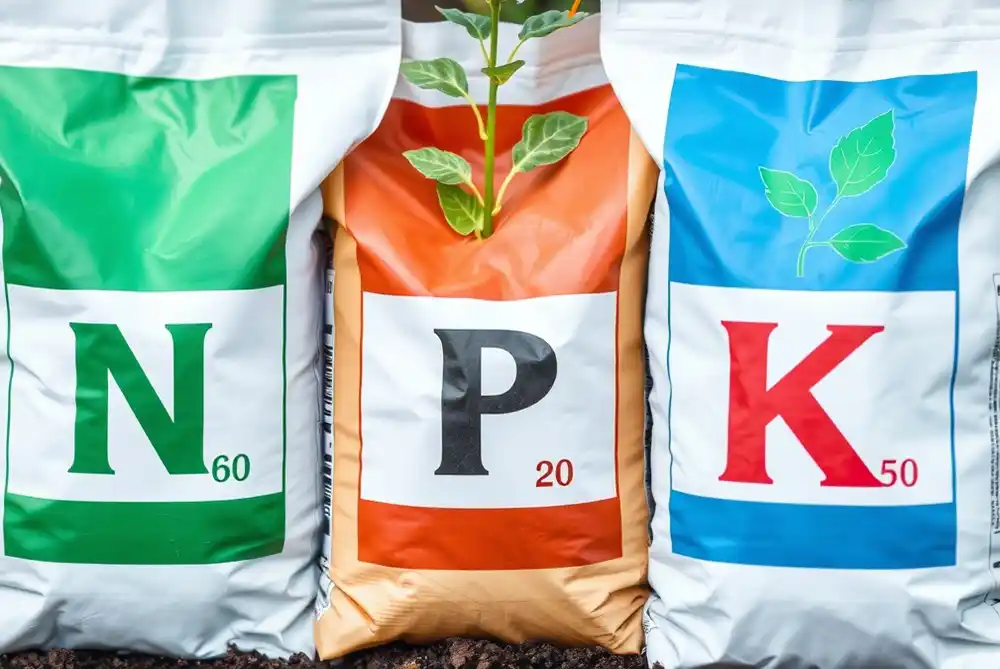
Soils to Avoid
Avoid soils that are ideal for mulching and amendment but not for planting directly in. These soils may lack drainage components like peat moss, perlite, or sand and are primarily just fertilizers.
Plant Selection: Seeds vs. Seedlings
Consider what is wanted in the garden.
Starting from Seed
Starting from seed saves money and allows a wider variety of plants to be grown. Seeds of summer crops can be started indoors in January to get a head start.
Buying Live Plants
Live plants offer the advantage of an already started plant, saving time. However, they are more expensive. Beginners who are unsure how to start seeds may find live plants easier.
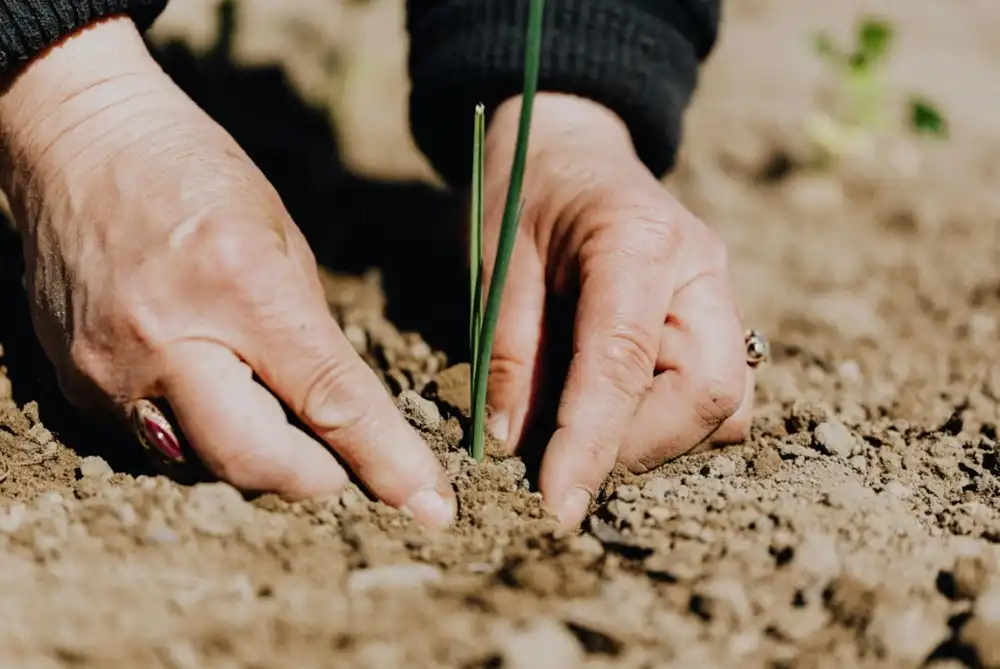
Choosing Healthy Plants
When selecting plants, choose those that are vibrant and not floppy. Avoid plants with multiple stems crowded together, as these may need to be separated.
Herbs generally like the same conditions, making them easy to group together in a bed. Strawberries can also be a good addition to the garden.
June-Bearing vs. Ever-Bearing Strawberries
Consider the type of strawberries: June-bearing (large strawberries in June) or ever-bearing (smaller strawberries throughout the year). Removing flowers from strawberry plants early in the season can encourage more leaf growth and, ultimately, more strawberries.
Spacing and Planting Seedlings
Consider how much space a plant needs in the bed. Plant seedlings six to 12 inches apart. When planting, ensure the crown (where new growth emerges) is above the soil to prevent rotting.
Finalizing Placement and Planting
Before planting, finalize the placement of the raised beds. Take the time to consider how the space feels. Experiment with different arrangements. Be sure to leave space for mowing the lawn.
Landscape fabric is not required, and cardboard can be used at the bottom of the beds to prevent weeds and deter gophers. Fill the beds with logs or sticks about halfway, then top with soil.
Planting Seedlings
Grouping plants by type, such as herbs, can help with planning. Mediterranean herbs, like rosemary and thyme, prefer sunny locations. Consider each plant’s growing habit. Upright rosemary should be placed towards the back of the bed to avoid blocking other plants. Herbs, such as basil, can have stems pruned when harvested to force bushiness. Soil that smells bad indicates it is gone anaerobic; breaking it up can help.
Remove flowers from strawberries early in the season to encourage leaf growth. Space strawberries evenly apart to allow for runners (stems that produce new plants).

Lettuce does not have a lot of rules to its growing. When creating salad beds, design based on what looks good. Consider spacing based on whether the plan is to harvest young lettuce or grow larger heads.
Cabbage need space to grow. Refer to the plant tag for spacing recommendations (e.g., 18 inches). Bury the plant to give it stability.
Starting Seeds
Starting seeds allows for growing more varieties. The summer crops can get a head start by starting their seeds indoors.
Seed Starting Basics
Plant six seeds in six-cell containers or plant two in a hole to guarantee it will come up. Cover the seeds lightly with soil. Almost all seeds want to be buried.

Timing and Location
Consider timing when to start seeds and also start with something a little bit easier to take the stress away of the unknown. Place seed trays in a warm spot (around 70 degrees Fahrenheit) indoors. Seedlings do not need sun until they sprout. Once they sprout, move them to a sunny area or use a grow light.
Transplanting Seedlings
After about two weeks, transplant seedlings into the garden if conditions are good. Otherwise, transplant them into smaller pots to grow larger before transplanting them into the garden.
Flower Seedlings vs. Vegetable Seedlings
Flower seedlings often require more specific conditions than vegetable seedlings, so be sure to read all directions.
I want you to succeed in your gardening efforts because I understand how rewarding a thriving garden can be. I’ve also witnessed the frustration others feel when their gardens don’t turn out as expected. In my opinion, everything begins with good organization.
